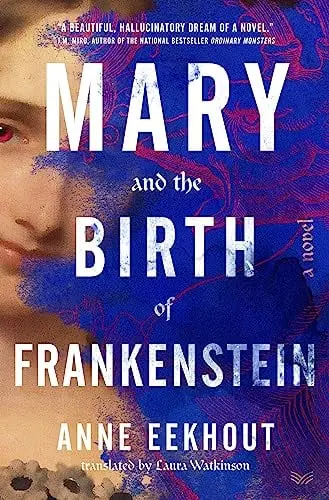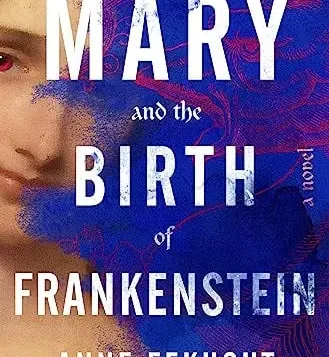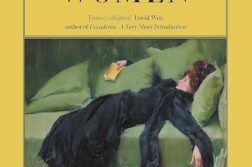 MARY AND THE BIRTH OF FRANKENSTEIN: A Novel
MARY AND THE BIRTH OF FRANKENSTEIN: A Novel
by Anne Eekhout
Translated by Laura Watkinson
HarperVia. 320 pages, $30.
INTEREST in Mary Shelley’s mesmerizing 1818 novel Frankenstein has been having something of a renaissance in recent years. The reboots of Dr. Victor Frankenstein and his nameless, beleaguered creation include the Oscar-winning movie Poor Things, adapted from Alasdair Gray’s sweeping novel of the same name. And while the film is set in a world several decades after the original Frankenstein and imagines “the Monster” as an elderly scientist who has inherited his maker’s art of creating life, an even more direct connection to the original work is Anne Eekhout’s Mary and the Birth of Frankenstein.
Prepare to be scared—but frightened in a good way, as a successful ghost story frightens, tingles, lingers.
Robert Allen Papinchak, a former university English professor, is an award-winning book critic in the Los Angeles area.







